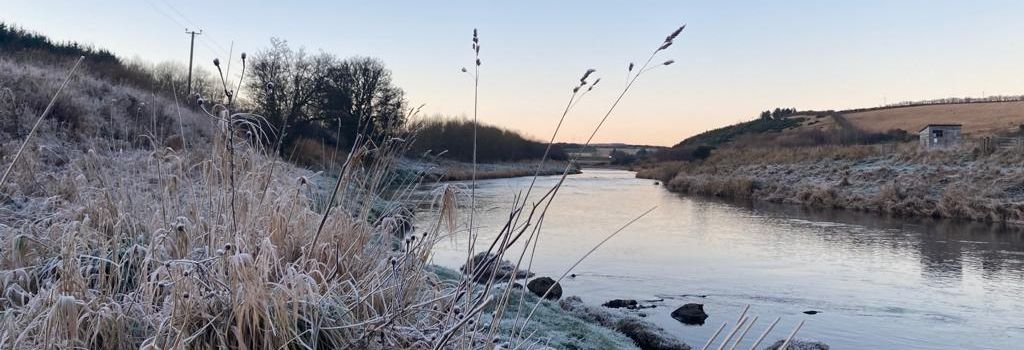Northern Outpost – Monitoring for Mink in Northern Scotland
Defending the Tay: Scaling up Mink Trapping for Conservation
American mink control on Isle Martin
Reflecting on Himalayan Balsam Management and Volunteer Collaboration
Native vs Invasive: When Small Differences Make a Big Impact
Scottish Invasive Species Initiative features in ‘Make Space for Nature’ podcasts
How to make landscape scale invasive species control a reality? Collaboration is key!
MSP Jackie Dunbar visits the River Dee Trust
Scottish wildlife needs saving – could you be the next ‘super-volunteer’?
